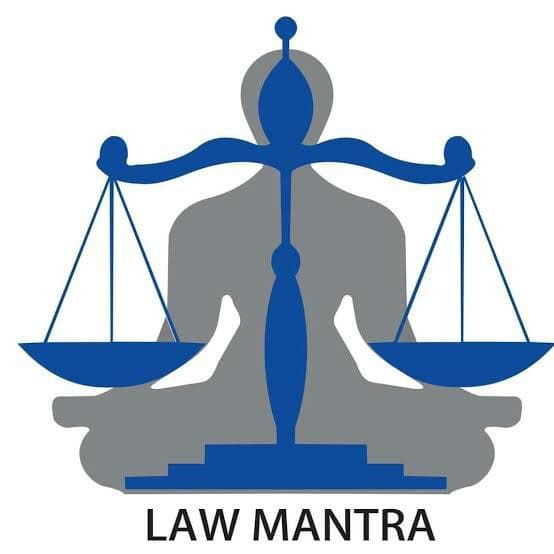In this case, The Court applied the doctrine of harmonious construction to avoid conflict between an order of the court (which allowed the Respondent to file a written statement even after the expiry of the given period of 90 days) and Order 8 Rule 10 of Code of Civil Procedure(CPC).
The order allowed the Respondent to file a written statement even after the expiry of the given date. The Court gave itself the discretion to pronounce or not to pronounce the judgment against the defendant even if written statement is not filed and instead pass such order as it may think fit in relation to the suit.
Order VIII Rule 1 of CPC states “The defendant shall, within thirty days from the date of service of summons on him, present a written statement of his defence:
Provided that where the defendant fails to file the written statement within the said period of thirty day, he shall be allowed to file the same on such other day, as may be specified by the Court, for reasons to be recorded in writing, but which shall not be later than ninety days from the date of service of summons.”
Order VIII Rule 10 of CPC states “Where any party from whom a written statement is required under rule 1 or rule 9 fails to present the same within the time permitted or fixed by the Court, as the case may be, the Court shall pronounce judgment against him, or make such order is relating to the suit as it thinks fit and on the pronouncement of such judgment a decree shall be drawn up.”
The Court stated that it is correct that proviso to Order 8 Rule 10 of CPC lays down that where any party from whom a written statement is required under Rule 1 or Rule 9, fails to present the same within the time permitted or fixed by the Court, the Court shall pronounce judgment against him, or make such other order in relation to the suit as it thinks fit. In the context of the provision, despite use of the word ‘shall’, the Court has been given the discretion to pronounce or not to pronounce the judgment against the defendant even if written statement is not filed and instead pass such order as it may think fit in relation to the suit. In construing the provision of Order 8 Rule 1 and Rule 10 of CPC, the doctrine of harmonious construction is required to be applied. The effect would be that under Order 8 Rule 10 of CPC, the Court has discretionary power to allow the defendant to file written statement even after expiry of period of 90 days provided in Order 8 Rule 1 of CPC. Moreover, the said provision being rule of procedure has to be held to be directory and not mandatory in nature. This provision has to be applied with some flexibility and not with rigidity or inflexibility. Rules of procedure are handmade to the administration of justice and are meant to meet the ends of justice and not to thwart or obstruct the same.
In Salem Advocate Bar Association, Tamil Nadu vs. Union of India AIR 2005 Supreme Court 3353, it has been held by the Hon’ble Supreme Court that more than 90 days can be granted for filing written statement. In the facts and circumstances of this case, the Court was of the considered opinion that ends of justice would be met if one effective opportunity is given to the petitioners to file written statement in trial court on date fixed, subject to costs of Rs.2000/- to be paid to respondent/plaintiff. However, respondent/plaintiff shall also be given an effective opportunity to file replication to written statement of petitioner, if he so desire.
Conclusion
The doctrine of Harmonious Construction has been applied in this case to avoid a head on clash between the order of the court (to meet the ends of Justice) and order VIII Rule 10 of the CODE OF CIVIL PROCEDURE. The court harmonized both the things in such a way that the effect has been given to both based on the circumstances.
BY: ANKIT RAJPUT
